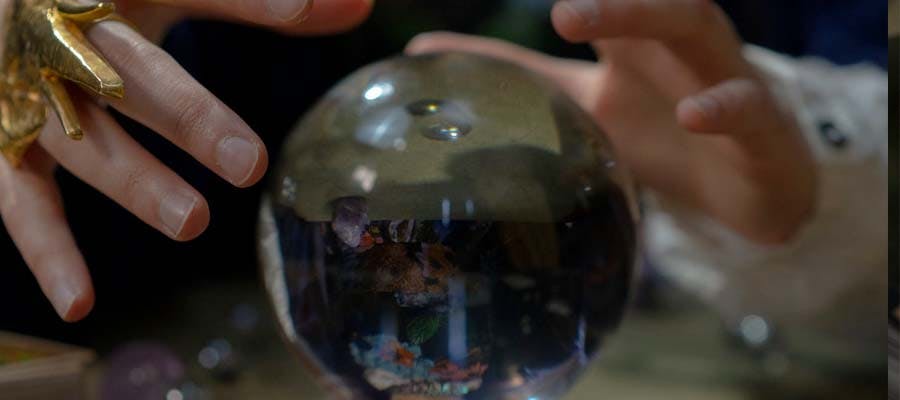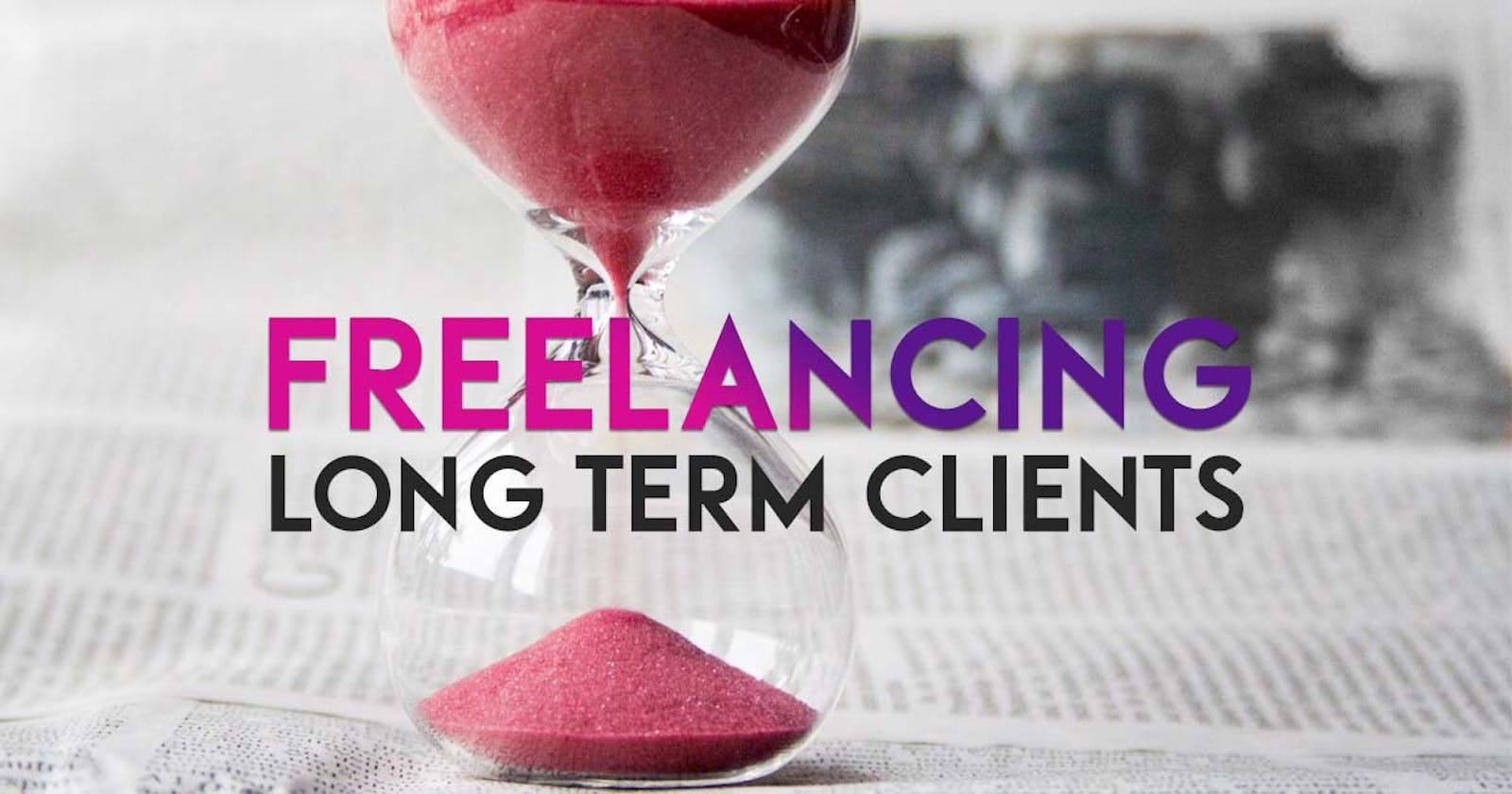There are no hard and fast rules about which type of clients you should go for first. That being said, my belief is that Long Term clients are best for those already established, and short term clients are better for those getting started
In this article, I will help explain the Long Term client; the benefits, pros & cons, and how to maintain relationships with them. I think for many successful freelancers having long term clients is a great thing and can help provide a certain degree of sustainability.
What is a Long Term Client?
While there is no industry standard, most would agree that the following criteria make for a Long Term Client:
- Contracts or projects that extend beyond a month timescale. These can be several months or years, even!
- Agencies that have a flow of projects they submit to you.
To be honest, a long term client is one that simply has you working on a project (or multiple) for more than a few weeks.
The Benefits

Long term clients will provide an array of benefits, both obvious and subtle, you’ll find yourself making adjustments and learning what to look for in a client as you have a few under your belt. Some of my favorite ones include:
1. Predictability

While this can certainly vary, for the most part you can expect long term clients to provide stable work which can help you predict income, hours, and what you’ll be working on. In my experience, long term clients often have an established project and want you to simply extend functionality or improve what’s there. Rarely do I come across a client wanting a new project built.
2. Domain Knowledge

Eventually, you’ll get to the point where you know the project inside and out, and what the client prefers. This is especially helpful with quick turnaround times and needing to maintain existing functionality. In time, you can use this knowledge to better prepare the client for the hours required to work on something, and reduce the discovery process for implementing new ideas and functionality.
3. Trust and Loyalty

This one requires effort, but it’s rare that you’ll work for someone long term and not develop some sort of working relationship in which there is a level of trust and confidence. They’ll turn to you and rely on your expertise on the subject, and will likely continue to defer to you to make the best decisions for the growth of the project.
Relationship Maintenance

It’s one thing to have a client in which provides long term projects and work, it’s another thing for them to always rely on you for handling things. This is where you come in! Ensuring you go above and beyond (to a degree) is important for letting the client know they matter and you can get the job done. Occasionally, you’ll need to ignore the phone call at 7 in the morning, but for the most part here are some tips to help cultivate a healthy relationship:
Agencies: These often bring in a variety of projects, but can keep work flowing consistently so long as you’re performing well. Often, they already have a good network, marketing, and the tools in place to manage clients. For the most part, you’re involvement will simply be to utilize them as a “middle-man”, allowing them to interface with the client while giving you tasks to handle. This is a great fit for those not wanting to deal with payments, market themselves, or plan out projects.
Companies: They will likely have you working on a single project, may ask you to come into their office occasionally, and will potentially involve you working as a 1099 contractor. This can be a benefit for some as it’s often very stable work, easy to predict, and contracts tend to last in 3, 6, and 12 month segments.
Single Individuals: These tend to be people with ideas or an existing project. They require a lot of interfacing with, invoicing, back and forth on specifications, as well as lots of adjustments through the process (unless you have a really solid contract that limits changes). These will involve the most work, but can often lead to more fun and exciting projects in the long run.
Potential Pitfalls

I wanted to include some potential issues with long term clients and ways to possibly avoid or rectify them.
Price Lock-In: Perhaps one of the more scary things is the inability to negotiate a change in pricing for a long term client. As the project grows and expands, so will your skills and value, thus it’s normal to ask for increases in compensation. The best way to avoid this is early on, before ever touching the project, agreeing to revisit your fees and rate every so often.
Burnout: I find that for me, working on a project for 5-6 months tends to hit a point where I’m bored of things or wish I could improve the system in a big way. This isn’t always possible due to budget, time restraints, or even the desire to have something rebuilt. Potential solutions are to have your own side projects, or at best another client with a completely different project.
Wrap Up
You now have a good understanding of the difference between short term and long term clients. What’s next, you may ask? As far as the “Freelancer” series of articles go, I’m working on an e-book that will provide tons of value, tips, and guides to being the best freelancer you can be! For now, the next steps are up to you to grow, learn, and put forth your best effort to build a great product.
Get my E-Book
Pay what you want, $0 or $100 - Freelancer's Guide Book
